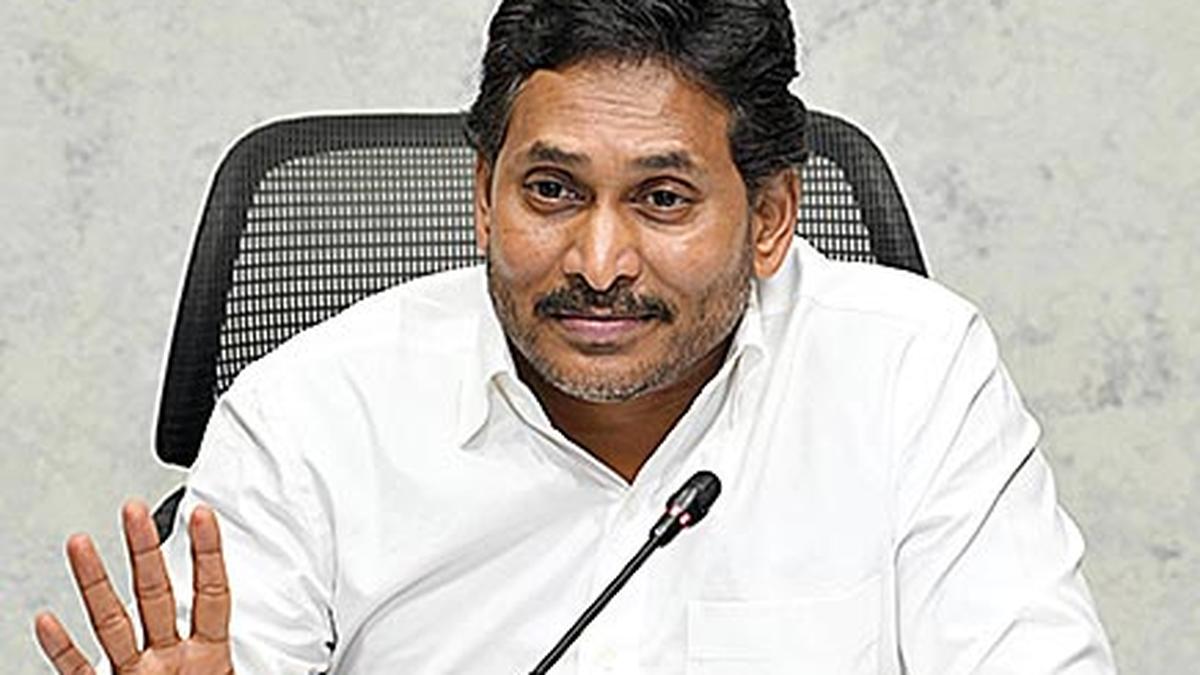The stampede at the M Chinnaswamy Stadium here, on June 4, during which 11 people died and 47 were injured, draws painful echoes of large-scale crowd disasters which took place during events such as the Maha Kumbh Mela. While the incidents highlight the perilous combination of fan fervour and poor planning, safety in public spaces also requires individual preparedness, say doctors.
According to data from the National Crime Records Bureau (NCRB), which was last published in 2022, India arguably has a record of the highest number of stampedes and resultant injuries and fatalities. Between 1996 and 2022, India recorded 3,935 stampedes, resulting in more than 3,000 recorded deaths.
During a stampede, people often die not due to trampling, but from a condition called compressive asphyxia, where pressure on the chest prevents normal breathing. A crowd density exceeding six to seven people per square metre can significantly impede movement and breathing, potentially leading to severe oxygen deprivation and death, say doctors.
Who’s at risk?
Sunil Kumar K., lead consultant, interventional pulmonology at Aster CMI Hospital, said that crowded public gatherings can turn hazardous, especially for those with underlying respiratory conditions such as asthma or Chronic Obstructive Pulmonary Disease (COPD).
“Even before a full-blown stampede occurs, the dense human congestion can drastically reduce oxygen availability and increase carbon dioxide inhalation, triggering acute respiratory distress. Individuals in such a situation can experience a surge in panic, heat, and low ventilation, precipitating into a life-threatening illness within minutes,” Dr. Kumar said.
Pointing out that people with compromised lungs are especially at risk in these scenarios because they already operate with limited respiratory reserve, the doctor said early symptoms might present as breathlessness, chest tightness, wheezing, or dizziness, which are often mistaken as anxiety.
Stressing that safety in public spaces requires individual preparedness as well, he said it is advisable that people with asthma or COPD always carry their rescue inhaler or prescribed medication when attending public events. “It is also advisable to stay close to exits, to allow for a quick escape if needed,” he said.
Compressive asphyxia
Ravindra Mehta, senior consultant and head of pulmonology, interventional pulmonology, and sleep medicine at Apollo Hospitals, stated that during a stampede, many people may fall and get trampled. Still, the most common cause of death is compressive asphyxia. This is a dangerous condition that occurs when breathing is prevented in an individual by external pressure on the body, and this is what happened during the stampede on June 4.
“Low oxygen, chest trauma, rib trauma, air leaking around the lungs, bleeding in that area, abdominal bleeding coupled with pain are known to cause major problems. All of these can lead to lung and heart issues. That is why death and demise are known to happen in a stampede,” he said.
“Moreover, there can be a vasovagal reaction—when you are in intense fear and pain, there can be a cardiac arrest secondary to that,” he said.
“Stay upright and try to minimise chest compression by bracing a surface or wall. Whenever a person senses danger, he/she should try to move away from the crowd or try to reach an open space”Ravindra MehtaPulmonologist
‘Do not panic’
Sachin Kumar, director, pulmonology and critical care medicine at Sakra World Hospital, said it is advisable not to scream in panic as it can increase the fear within the individual and lead to confusion. “Stay upright and try to minimise chest compression by bracing a surface or wall. Whenever a person senses danger, he/she should try to move away from the crowd, or try to reach an open space,” he said.
“Pushing against an individual leads to hindrance in the expansion of the lungs, resulting in a drop in oxygen and a buildup of carbon dioxide in the blood. Due to the body’s response towards lack of oxygen and compression of the chest, one becomes unconscious,” he added.
Published - June 05, 2025 08:04 pm IST



.png)
.png)
.png)
















 1 day ago
7
1 day ago
7










 English (US) ·
English (US) ·